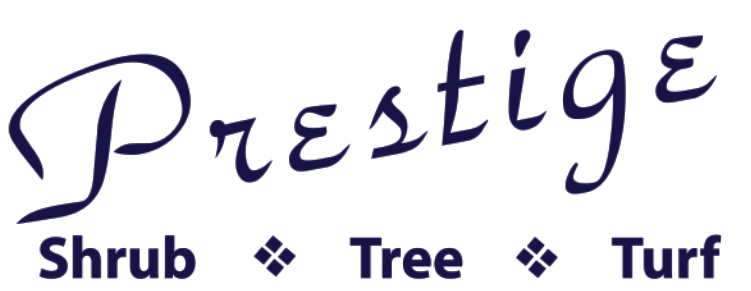Warm Season Turf:
Winter Patch and Zoysia Patch are basically the same disease. This disease can actually be caused by multiple fungi. Normally the fungi attack in the fall but can also attack during spring green up.
Fairy ring predominately attacks our zoysia lawns but can attack fescue and bermuda as well. These fungi also attack in the fall.
In most cases these diseases are more prevalent in reeled mowed turf that is not properly maintained. These diseases require two additional treatments of fungicide on the fall and possibly additional treatments in the spring and summer. These fall fungicides can be costly but without the treatment the disease can become quite devastating, leading to severe die back in the spring.
If you are reel mowing:
Cease reel mowing August 1. Switch to a rotary mower if you need to mow at all. This will help root recovery over winter.
Core aerate at least one time each year.
Water correctly. One deep watering per week to encourage deeper rooting.
Do not sand.
If you follow proper cultural methods then your chance of having these diseases is greatly reduced and may preclude the need for additional fungicides.
Dollar Spot:
Once again, reel mowed turf tends to have more Dollar Spot due to the mowing stress and improper cultural practices.
The stress can come from drought conditions or an inability of the grass to absorb potassium either because there is a potassium shortage (this is not the case in our treated lawns) or from weak or shallow root systems not able to absorb the potassium present (usually the case). The weak, shallow root system is again directly related to poor growing conditions.
As the turf begins to green up it is under stress just from its start up procedure. If the root system condition is not optimal, potassium cannot be readily absorbed and the Dollar Spot fungus easily infects the leaf blade. Also, the weak condition of the warm season turf and in many cases non-optimal growing conditions such as those listed above makes it more susceptible to disease attack.
Fescue:
Brown Patch develops each summer fescue. It shows as brown blotches scattered through the turf. It is associated with a variety of conditions which may include any or all conditions such as: high humidity and temperatures and/or improper watering techniques. Fescue is a cool season turf grass and, naturally and unavoidably, during our normal summer temperatures, it will continue to turn brown, die and thin severely despite proper watering and proper disease control. This is simply because it is not heat tolerant. At high summer temperatures, Brown Patch becomes inactive and any application of fungicide is not effective. Our enhanced fescue program can greatly reduce brown patch activity if proper cultural practices are followed.
« Back to Glossary Index